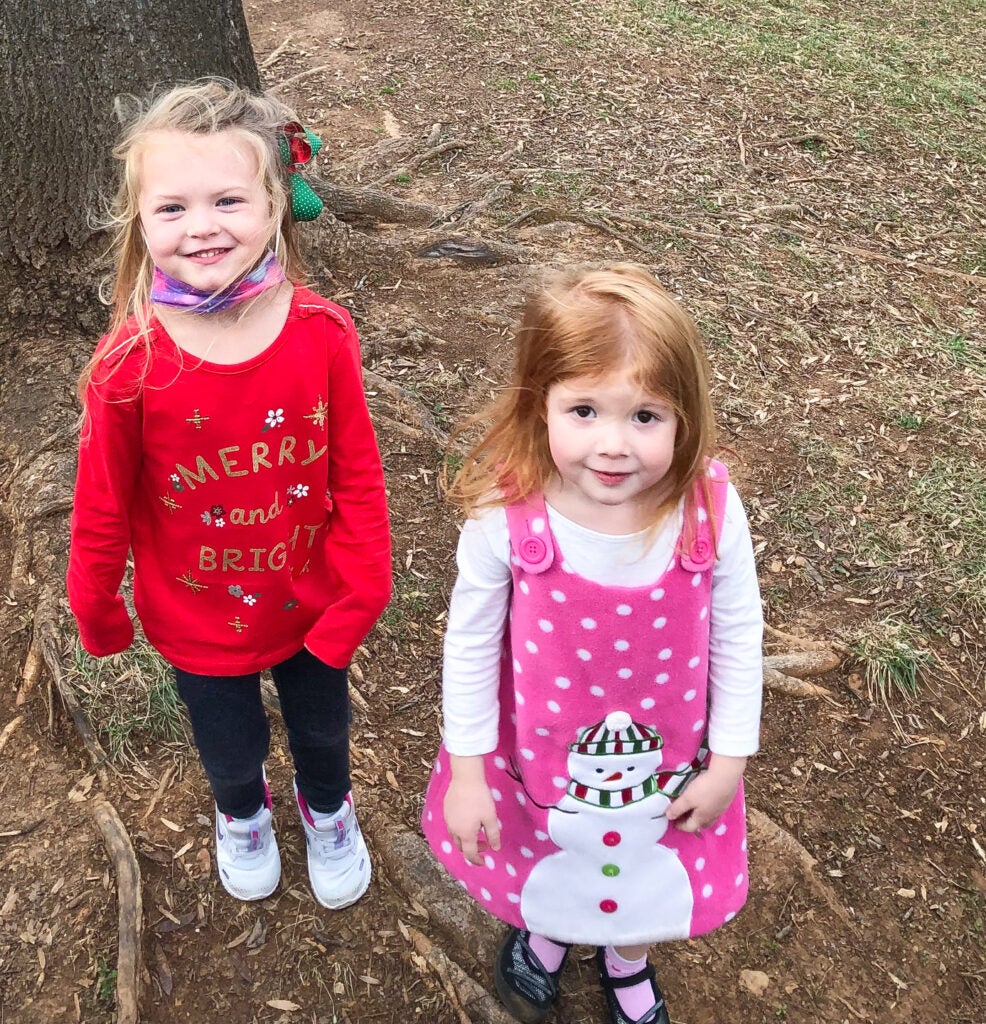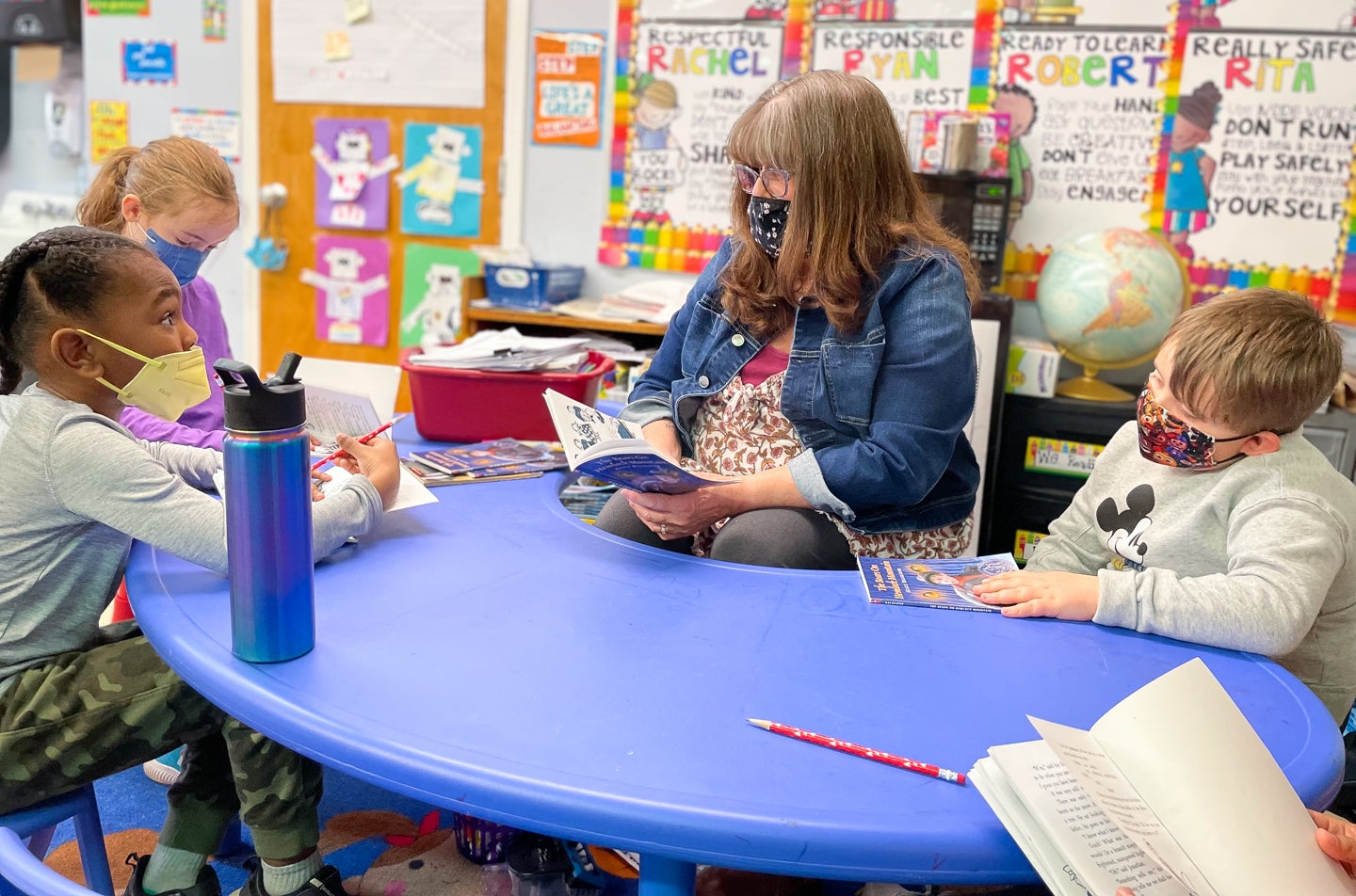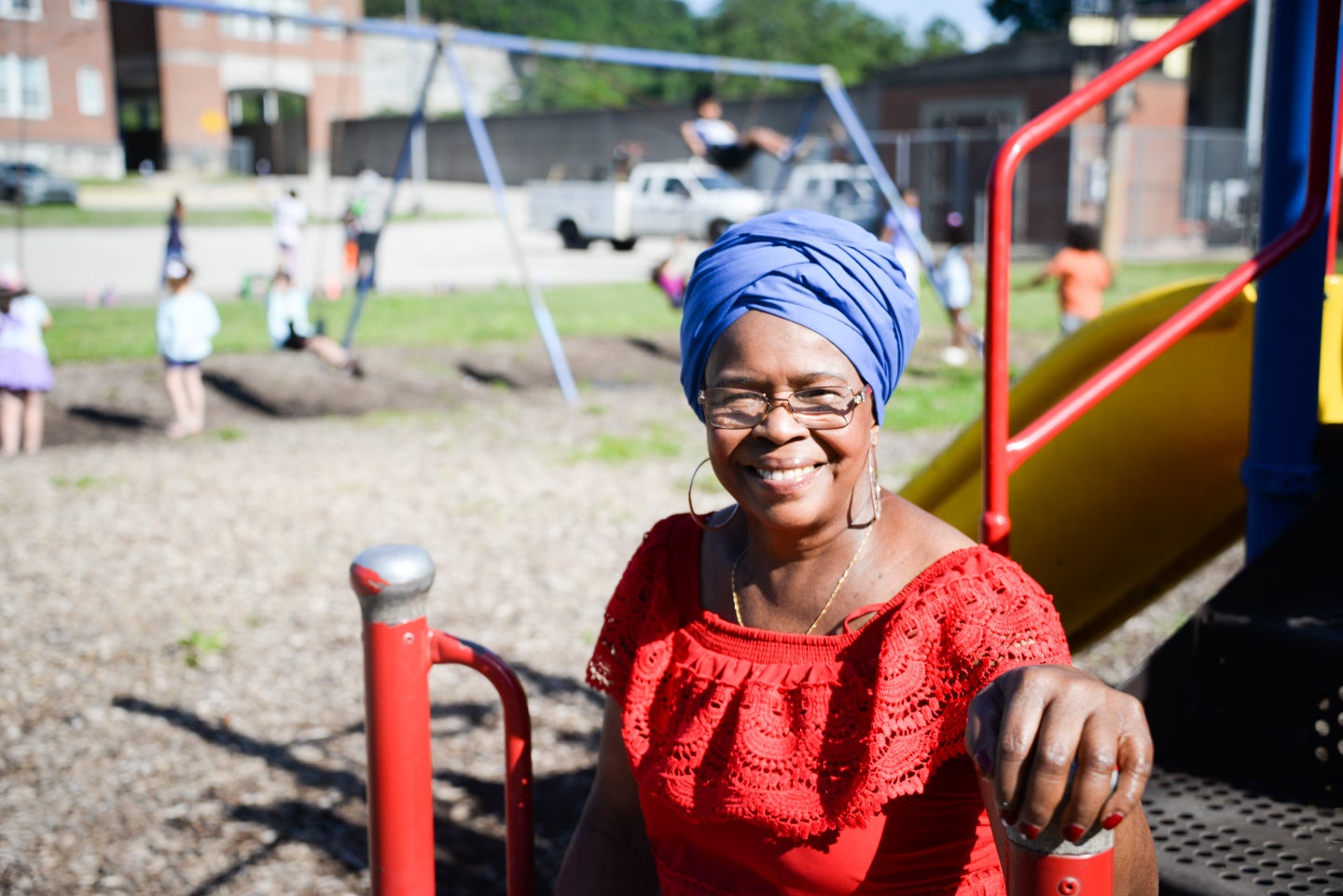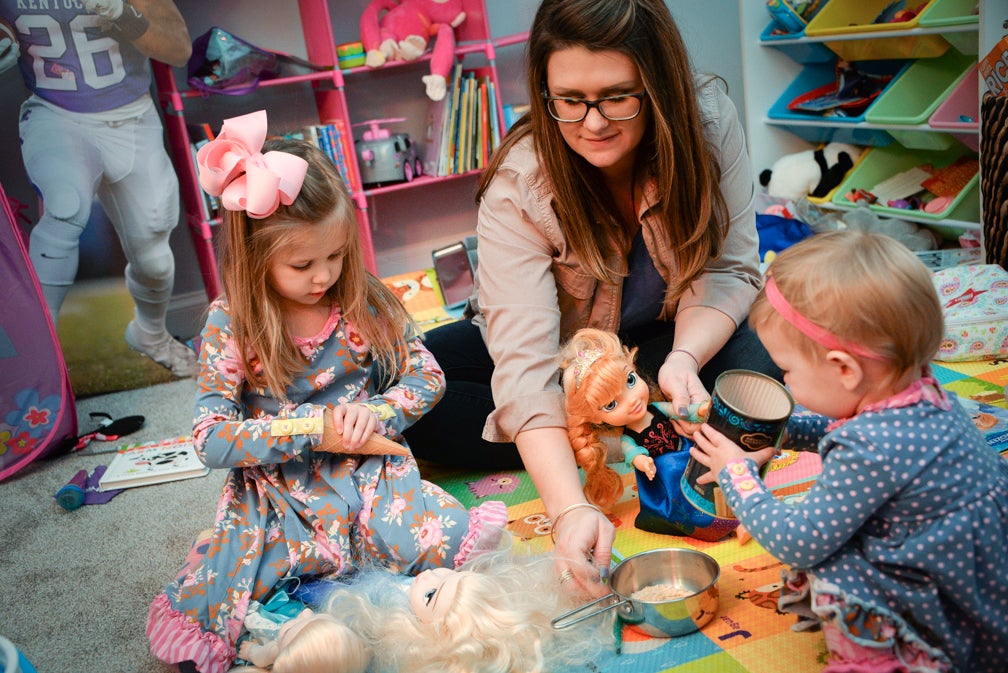By Megan Eggemeier
It’s 12:30 on a Wednesday afternoon and a group of middle schoolers are playing baseball on the blacktop at a small private school here in our quaint Frankfort home. As I cross the blacktop, I dodge the pitch coming in over home plate amongst laughter, whoops and hollers, and a little bit of smack talk coming from these kids. It’s a great sight and sound.
There’s something so nostalgic about seeing kids enjoy a pick-up game of baseball, especially in this day and age when so many kids are glued to their phones. This is just an ordinary afternoon recess at Capital Day School (CDS). If you ask the students, the FUN factor (two recesses a day, field trips and pizza Fridays) are the greatest selling points of the school, but there’s a lot more happening here. After all, CDS has a consistent history of producing college graduates who achieve impressive accomplishments along the way.
I’ve made it my mission to discover Capital Day School’s secret to creating the winning balance between a warm and nurturing environment, as well as turning out graduates who go on to achieve excellence. I’ve gathered as many stories about the school as possible, and I finally landed on what I believe to be the secret to success.
First, I turned my attention to the lengthy list of CDS graduates who went on to pursue very impressive endeavors. CDS alumni includes doctors, a Hollywood screenwriter, scientists, surgeons, entrepreneurs and politicians, all from our humble little school here in Frankfort. Garth Waterfield, a Capital Day School class of 1999 graduate, credits the school with equipping him with the skills necessary to succeed in high school, college and now in his role as the vice president of sales and distribution at Investors Heritage here in Frankfort. His daughter, Kares is a current CDS student in the Montessori preschool class, continuing a long legacy of Waterfields receiving their foundational education at Capital Day School. Families continue to enroll their children, generation after generation, because historical excellence continues today.
Even for families who are new to the CDS community, the welcoming atmosphere and the “it” factor I’m bound to discover, is palpable upon the first visit. Jillian Hall, mother of fifth grader Gerrit Hall, recalls visiting nearly every school within driving distance of their home in Midway when Gerrit was in second grade. They were in search of the perfect environment for Gerrit who is an incredibly bright child and learns best when exploring topics in his own way.
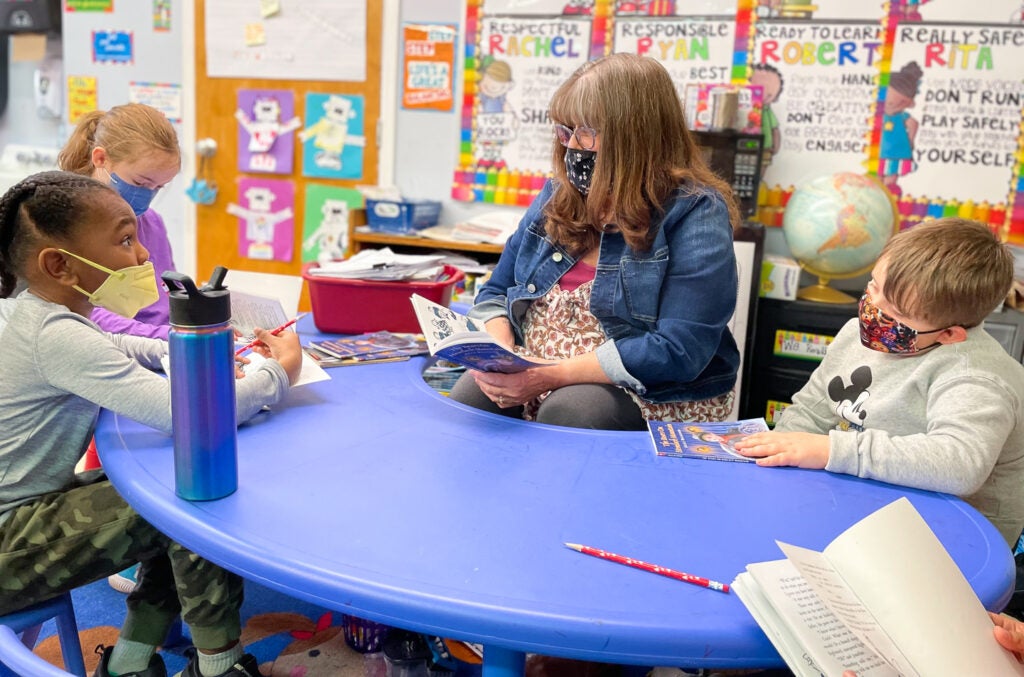
She was looking for a school of substance, and that is what she found in CDS — small class sizes and individualized attention, as well as a nurturing environment known for academic excellence. She knew right away that this was where her son would go to school. The way his teachers have pushed him academically, accommodating him when necessary, allowing him to access content in the way that is best for him, and the way his strengths are celebrated, has affirmed the decision she made the day of her first visit to the school years ago.
A quick visit to any of the classrooms will explain how a parent could know right away that their child can thrive at CDS. The current teachers are empowered to exercise flexibility with their instruction, based on the truth that education is not “one size fits all.” I saw this in action when I recently subbed for Ms. Kim Sanford’s first/second grade classroom full of students who are working at a variety of levels. Not only were the students really well versed in how the classroom ran, which was a huge help to me, as a substitute, but she had three different sets of lesson plans for every subject — not a huge help to me, as a substitute, ha!
The level of planning, time management and engagement with students this requires is a great example of masterful teaching. Ms. Sanford’s classroom is an illustration of the balance between rigorous instruction and a nurturing environment. At any given time, a visitor could pop in and find her students engaged in their work and it’s likely you’d hear her deliver no-nonsense words of advice to her students, always followed by an “I love you.” Her students know their teacher sees and celebrates their strengths while expecting them to always give their best effort academically. Her classroom is the embodiment of an inclusive and diverse environment. Her students, like the rest of the school body, are developing empathy, critical thinking and creativity, and it appears effortless.
All over campus, this trend continues. In Alyssa Baesler’s primary Montessori class, the typical squabbles between children become learning opportunities. When a conflict arises, the Montessori teachers ask students to look at the other child’s face and recognize the emotion their words or actions caused.
“When a child sees their classmate’s sad face, they begin to consider that their actions/words affect other people, so it’s very impactful for them,” Baesler explained.
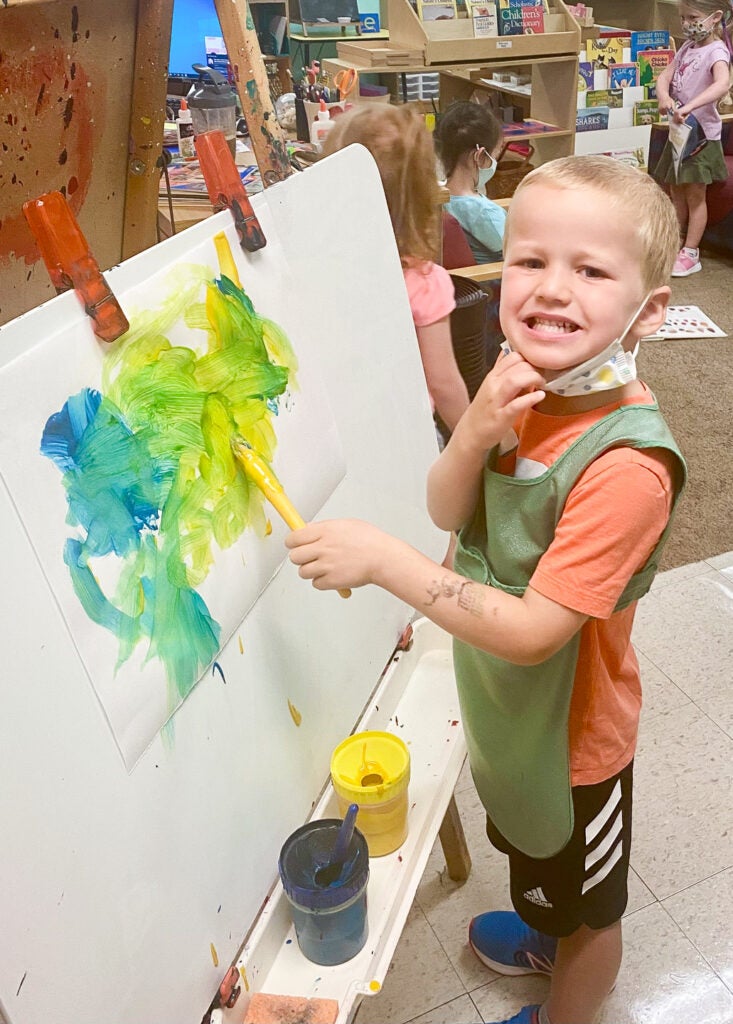
Empathy leads to acceptance, and the feeling of acceptance allows children to thrive. It is a key factor to becoming a school in which all types of children can flourish. It is an undeniable necessity in any successful educational institution.
In addition to fostering the development of empathy in students, creativity and critical thinking are skills that are deemed essential by teachers. Middle School director and social studies teacher Zach Webb has a poster displaying Bloom’s Taxonomy of learning beside his desk. When asked what he believes to be the secret to success at CDS, he referred to the top levels of Bloom’s Taxonomy — analyze, evaluate and create.
“When students are thinking critically and creating, the highest levels of learning occur,” he said.
This is why he gives tests that do not have right or wrong answers, rather questions that require students to demonstrate their learning through critical thinking and assigns projects that require creativity. This teaching philosophy is a common thread throughout the school. Students have played an active role in their education since preschool, so by the time they enter our middle school program, they are ready to tackle advanced content. Webb has managed to teach students how to write thesis statements and create bibliographies, something that stands out to countless former students as one of the most important skills they learned at CDS.
By this point in my conversations with teachers and families, some obvious themes regarding academics are emerging, but a less obvious factor that plays an often overlooked role in education is emerging too — the students and staff value fun!
In Stephanie West’s fourth grade classroom you will find laughter and conversation — the kids may be having as much fun in class as they do at recess! However, in this case, the fun is part of learning. It’s rare to see them sitting quietly at desks or listening to a lecture. None of them are nodding off from boredom, rather they are all engaged in active learning and stretching their creative muscles, which, remember, is one of the strongest of all the learning muscles!
This year, her students wrote their own play, integrating art as they created a backdrop, masks and props, and polished public speaking skills as they performed the play for other students and their families. This is just one example of project-based learning done right. It’s student driven, the subjects are integrated, and students demonstrate what they have learned through creations of their own. CDS fourth graders won’t forget what they learned this year. They do not study material to retain just until the test at the end of the unit. They are an integral part of instruction, experiencing it and using the content to create something meaningful, all while having fun along the way.
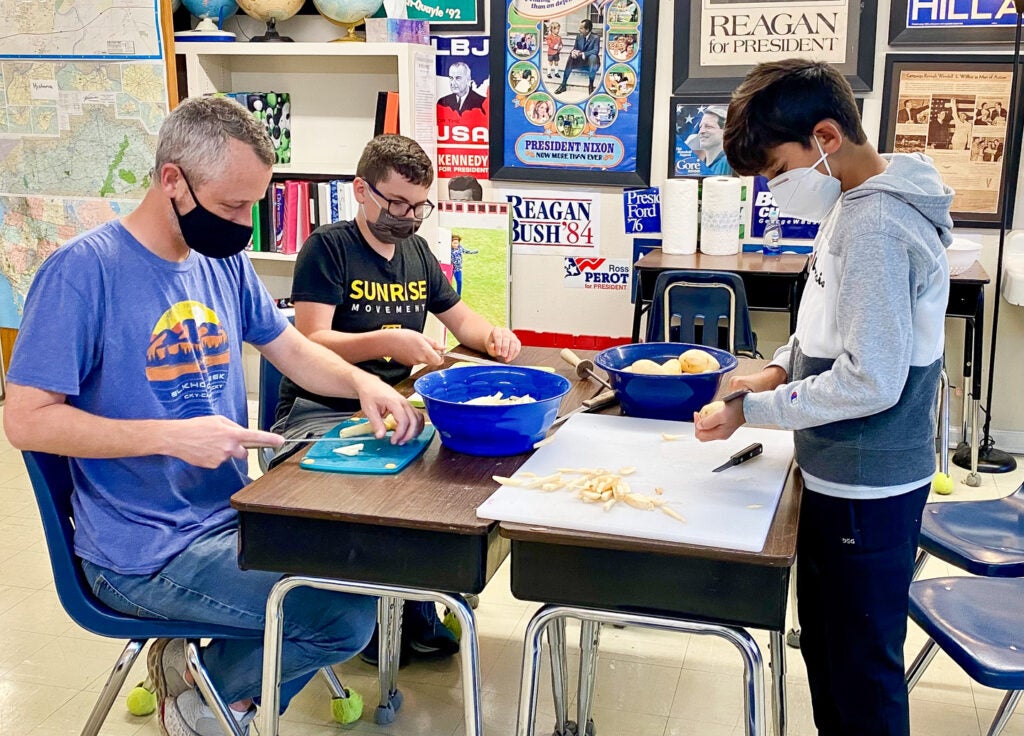
With the consistent reputation of high achievement, I begin to wonder — what will our current students become? Their potential is endless. Their families and the members of this community that support this small but mighty school, are giving our students an invaluable gift. Academic team coach Beth McDonald marvels at the way Capital Day School, particularly the middle school program, instilled a love of learning in her children. Her daughter, who is now in high school, learned that it’s “cool to be smart,” as a CDS middle schooler — a sentiment that is hard to come by amongst tweens. That mindset has served her daughter well and has set her up for success as she tackles high school and beyond.
These examples are merely snapshots of the magic that occurs at Capital Day School. So what is the “it” factor that leads parents like Jillian Hall to the decision that CDS was the perfect environment for her son upon her very first visit? Collectively, the fun students have at school, the empathy that is fostered, the critical thinking that is expected and the creativity that is sparked — these are all the fruits of a school that truly embraces diversity. Not just diversity of race, background and religion, but the deep diversity of varied personalities, interests and abilities. Capital Day School practices what they preach. It really is a school for everyone, where anyone can realize their highest potential. It turns out that the secret is not one easily articulated factor, rather the combination of dedicated teachers and an environment that prioritizes creativity, critical thinking and empathy. As a result, the strengths of the school’s diverse population shine.
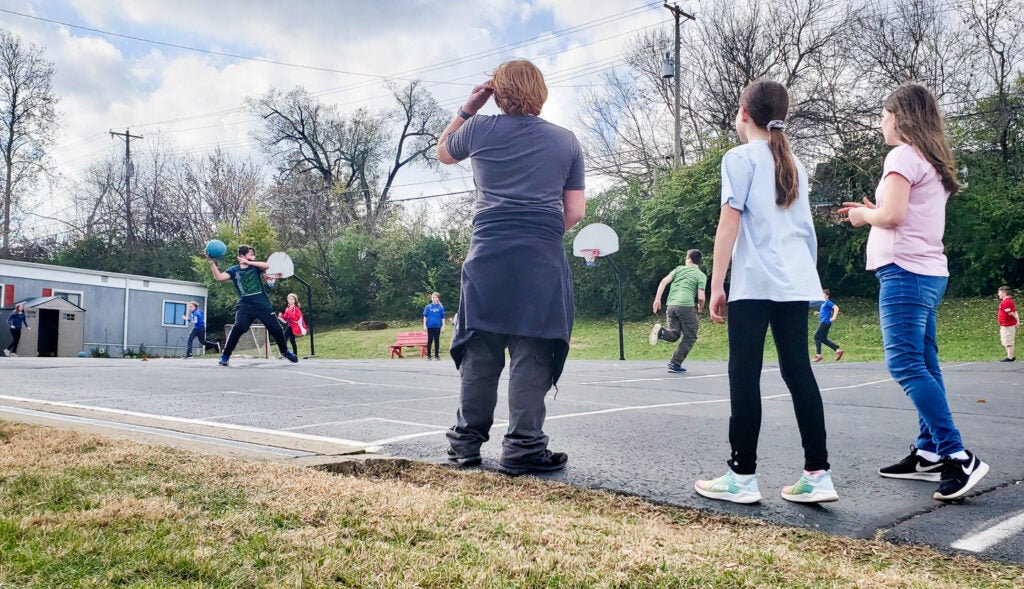
As afternoon recess wraps up, the kids put away the baseball bats and pick up the bases. On the way in, they tell their friends who were working a jigsaw puzzle in the library or reading a book in a quiet corner of a classroom that recess is over. They are ready to get back to the work of learning in a place that is safe and accepting of them just the way they are. And, as a result of this unique culture, each student is being armed with empathy, critical thinking skills and creativity that will be used as they leave this little gem of a school to make their mark on the big world.
Capital Day School is led by Head of School, Shauna Smith. Mrs. Smith has a commitment to continuing the history of excellence.
“I hope for a school that is fully-equipped to develop the critical skills needed for children to thrive both academically and socially while igniting a lifelong passion for service,” Smith said. “It is our job to bring out the best in each of our students and unleash their hidden potential.
“At Capital Day School we believe that little people can make a big difference and as Head of School, I want to empower CDS students and staff to see themselves as agents of change.”
To learn more about Capital Day School, visit www.capitaldayschool.net.
Megan Eggemeier is a wife, mom, teacher and realtor. She is married to Patrick Eggemeier. They live in Frankfort with their three boys, Jack, Carson and AJ. Eggemeier is the librarian and reading interventionist at Capital Day School where Jack is enrolled in the Montessori preschool program. She also practices real estate at Capital Realty & Investments. When she’s not teaching, selling houses or playing with her kids, she loves to read, cook and travel. Eggemeier can be reached at megan.eggemeier@gmail.com.

